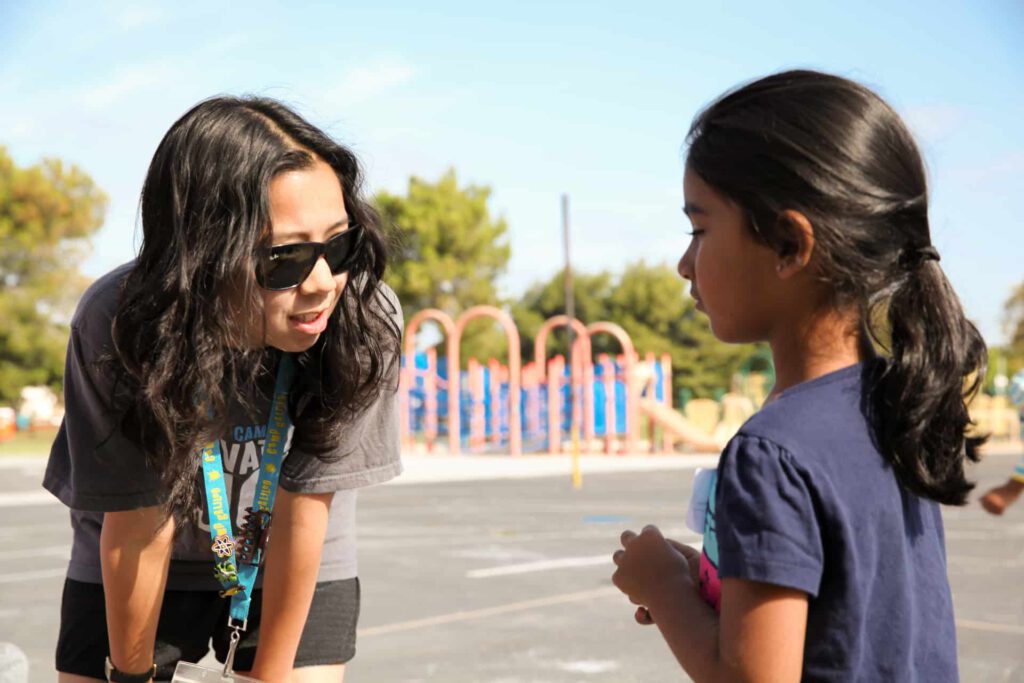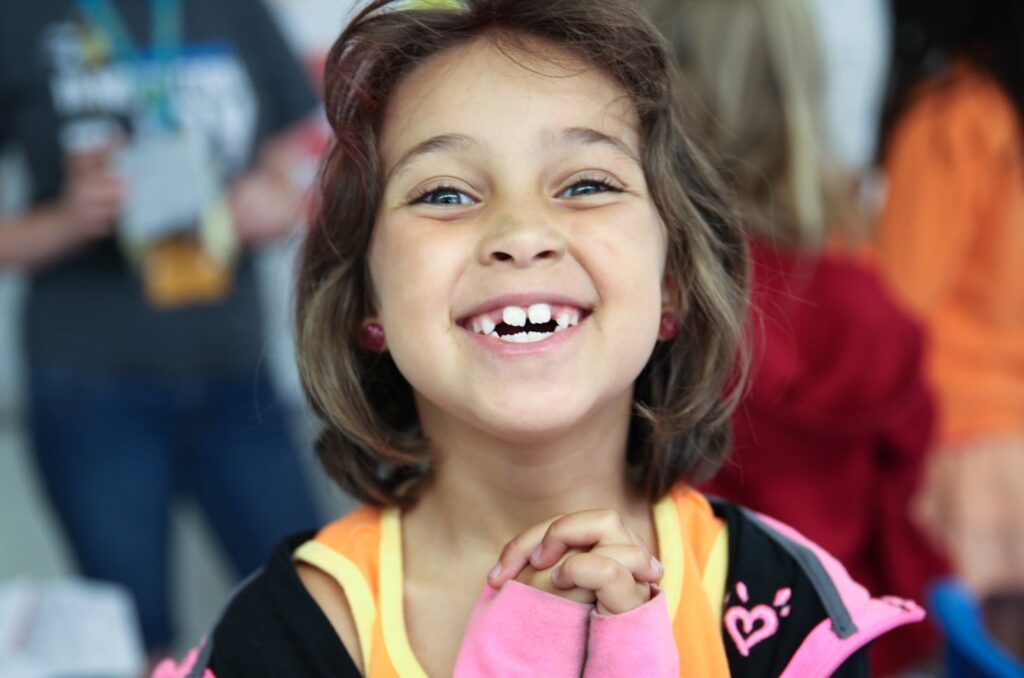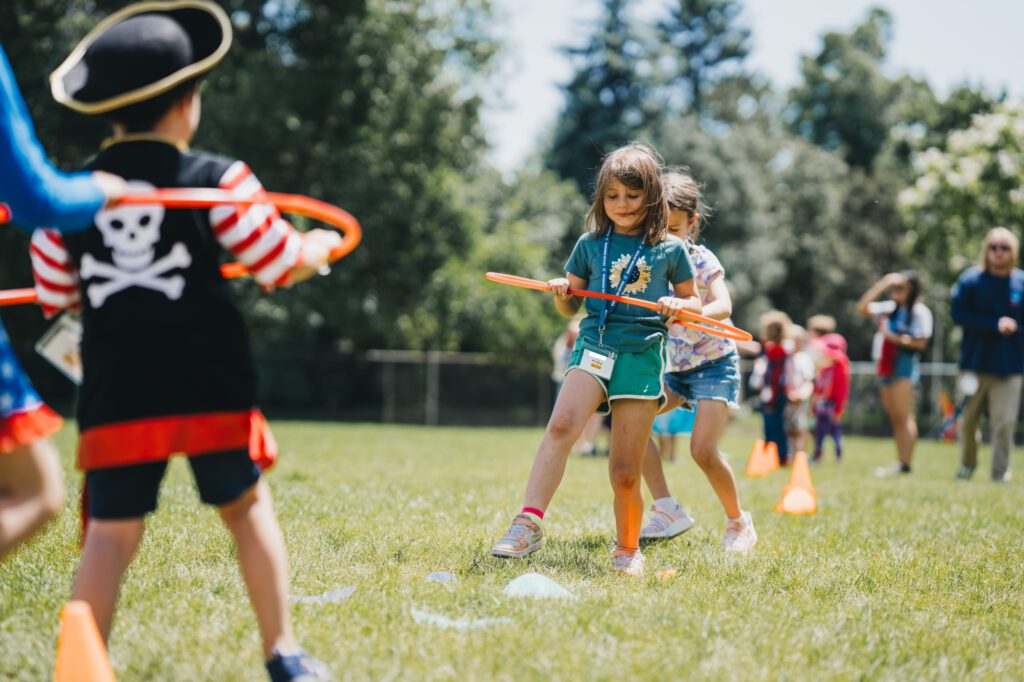Feedback gets a bad rap. And certainly, it can be tough to hear that something you worked hard on missed the mark, or that a project you thought was finished still needs improvement. But delivered and taken the right way, feedback is an indispensable educational tool.
Read on for tips on how to frame feedback as a positive experience, how to practice giving and receiving it and how to help your kids—and you!—use feedback’s considerable power to make every project and endeavor even better.
Reframing feedback (with a little help from a growth mindset)
In Jessica Lahey’s piece on the subject of constructive (and not-so-constructive) criticism, she cites the book Thanks for the Feedback, in which authors Douglas Stone and Sheila Heen explain that “feedback—both positive and negative—is challenging because it hits us in the vulnerable soft spot between our desire to grow and our deep need to be accepted and respected.”
The best way to approach feedback it, they suggest, is to adopt what Carol Dweck calls a “growth mindset,” to “believe that effort and challenge make us better, stronger and smarter,” as opposed to having a “fixed mindset,” which means believing “that our inherent assets are static no matter what we do.”
Basically, growth-minded folks see feedback on a project or effort as an opportunity to learn rather than a reason to feel affronted. It’s this frame of mind that, Lahey explains, allows kids to “be brave in the face of constructive criticism, believing it can make them better, stronger and smarter. They won’t need us to dress it up or sand it down because, given a growth mindset, kids can handle the truth.”
The trick to having a healthy relationship with feedback is to think of it as a gift, or information that can help you grow. Here are a few ways to help your kids keep that in mind:
Remind them that everyone needs feedback.
It’s easy for kids look at people they admire and imagine that they were simply born awesome—that Beyoncé was always Queen Bey or Michael Jordan was always a basketball star. It can be helpful to remind them that nearly everyone who’s good at what they make or do has gotten there with help from family members, teachers or coaches that reinforced the things they were doing right and helped them focus on areas that needed improvement. Reading stories about their heroes’ struggles and growth can help make this idea feel more real—and more inspiring.
Help break down the defensiveness.
Receiving feedback can understandably make people feel defensive. The best way to break down that defensiveness is to normalize feedback as much as possible. Encourage your kids think about every endeavor—even a “final” project—as a step in a journey rather than the culmination. Help them seek out advice on what they could do differently in every attempt and look forward to what learning they can apply next time.
Model good feedback behavior.
Rather than sitting down and explaining the benefits of feedback to your kids, the most effective teaching method is simply setting a good example for what constructive feedback looks like and just how valuable it can be.
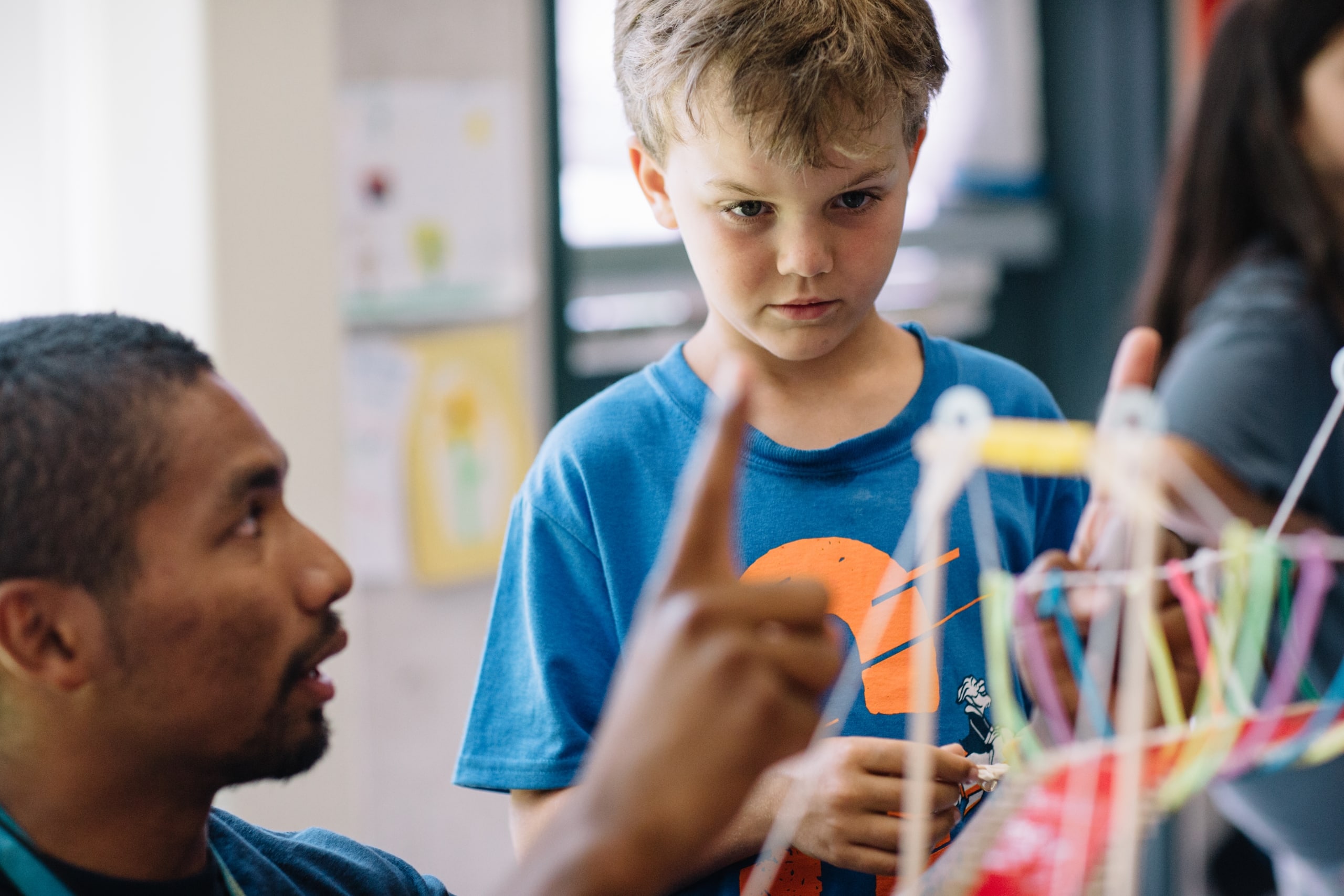
How to model giving feedback
Since even adults sometimes cringe at the word, here are a few basics to keep in mind when modeling for your kids what giving good feedback should look like:
Be empathetic.
Always keep in mind that the goal of feedback is to help the person you’re giving it to learn. Tailor your comments to the recipient’s age and experience level—you’ll talk differently to a 2-year-old than a 12-year-old; to a kid who just finished their first soccer game than one who’s a seasoned player. In every case, your goal should be to meet them where they are and help them get to the next level.
Watch your body language.
When you’re delivering feedback, nonverbal communication makes a difference. Jessica Lahey recommends that feedback givers “uncross your arms, get down on kids’ level, smile and keep your face relaxed. If you are tense when you hand out criticism, they will be tense when they receive it.”
Keep it objective and non-evaluative.
Remember that you’re commenting on the work and the effort, not the person. Here are a few phrases that can help guide the conversation:
- “You’ve been working really hard on that! Are you open to hearing what I think?”
- “I noticed…,” “How about…,” “I wonder if…”
- “What did you feel best about?”
- “What one thing would you like to change?”
Keep it specific, helpful and kind.
“That’s really awesome” might be a kind thing to say, but it’s not particularly specific or helpful. Feedback should help the recipient know what to do again, what to keep doing and what to change—all without hurting their feelings. We love the two-stars-and-a-wish method of delivering feedback (which is an easy one for kids to practice with each other):
- Start with two stars: Identify two things about the effort or project that are strong, special or working well. Be sure to explain why it’s so good. For example, you could praise the fruit tart they made with a star like, “I love the smooth texture of your filling! You mixed it so well.”
- Add a wish: Wishes are opportunities to try something different next time, which should also be phrased specifically, helpfully and kindly: “I wish I could taste the lime more. Maybe it could use some more zest next time.”
Make it SPARK.
Mark Gardner’s piece about peer feedback in Edutopia also offers a helpful framework for feedback, using the acronym SPARK:
- Specific: Link your comment to one particular element, rather than the project or effort at large.
- Prescriptive: Offer a solution or strategy for improvement, saying, for example, “I notice that ____ is happening here. One idea is to ____.”
- Actionable: Be sure that the person getting the feedback knows what steps they can take to make an improvement.
- Referenced: The feedback should relate back to the assignment they were given or skills they’re working on.
- Kind: Above all, be supportive!
Let your kid take the wheel.
If every effort is part of a learning journey, make sure your feedback is phrased to turn control back over to your kid and empower them to take the next step. Jessica Lahey suggests asking, “‘Is that how you’d hoped this would turn out?’ or ‘What would you do differently the next time?’ Help [them] see the way forward with comments like, ‘How do you think you could take this project from good to awesome?'”
Ideas for practicing at home
Take the stress out of giving and receiving feedback with a little low-stakes family practice that isn’t aimed directly at people you know. Here are a couple of great activities.
Model giving feedback.
Review a new purchase
Evaluate your new can opener or shoes or towels out loud in front of your kids. Talk about what specific things they should accomplish and how well they meet those goals. Try framing your feedback using the two-stars-and-a-wish format, or even writing a review of the product online with a goal of delivering a specific, helpful and kind critique.
Review a movie, show or book
Try the same approach with a piece of entertainment the whole family can discuss, finding specific elements to focus on, evaluate and offer constructive feedback about.
In each instance, talk about how useful it would be for whoever who created the thing in question receive feedback like yours, so they can continue to learn and create something even better next time.
Model asking for feedback and using the information.
Model the importance of requesting feedback by asking your kids for their thoughts on a family meal or outing, and then incorporating their ideas. Ask them questions like, “What did you like about it?” or “What would you change about it?” If they struggle with specifics, you can guide them with questions like, “Was the soup too salty?” or “Did you get to do all the things you wanted to at the park?” Then at your next meal or outing, show them that you’re thinking about their feedback and how you’re using it to be a better cook or planner.
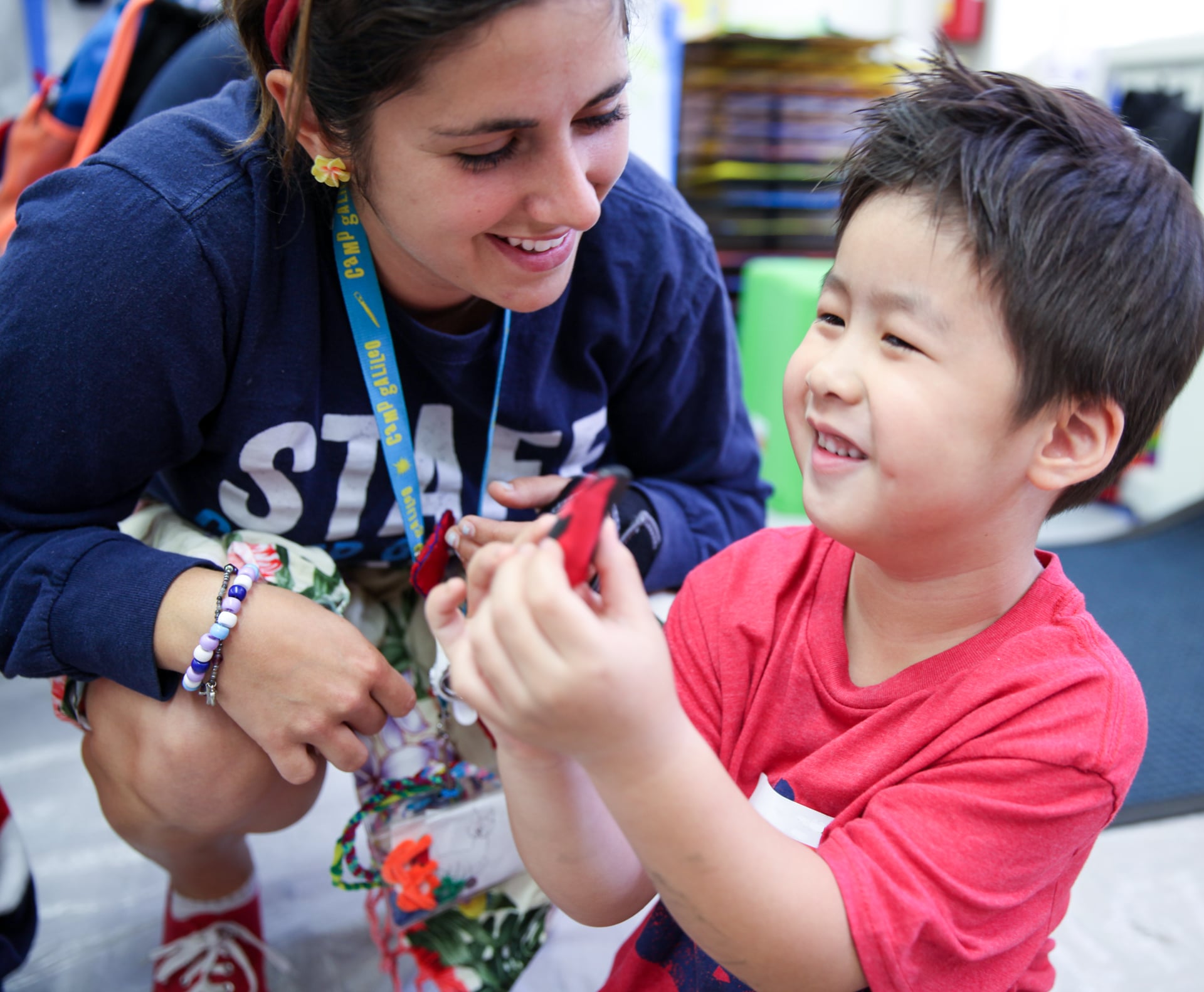
Giving, getting and applying feedback may not come naturally. But with a little reframing and some good practice, you can help your kids use every piece of it to improve their work, deepen their learning and become more growth-minded.
